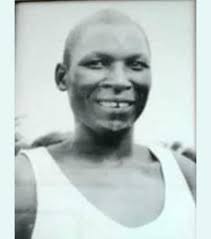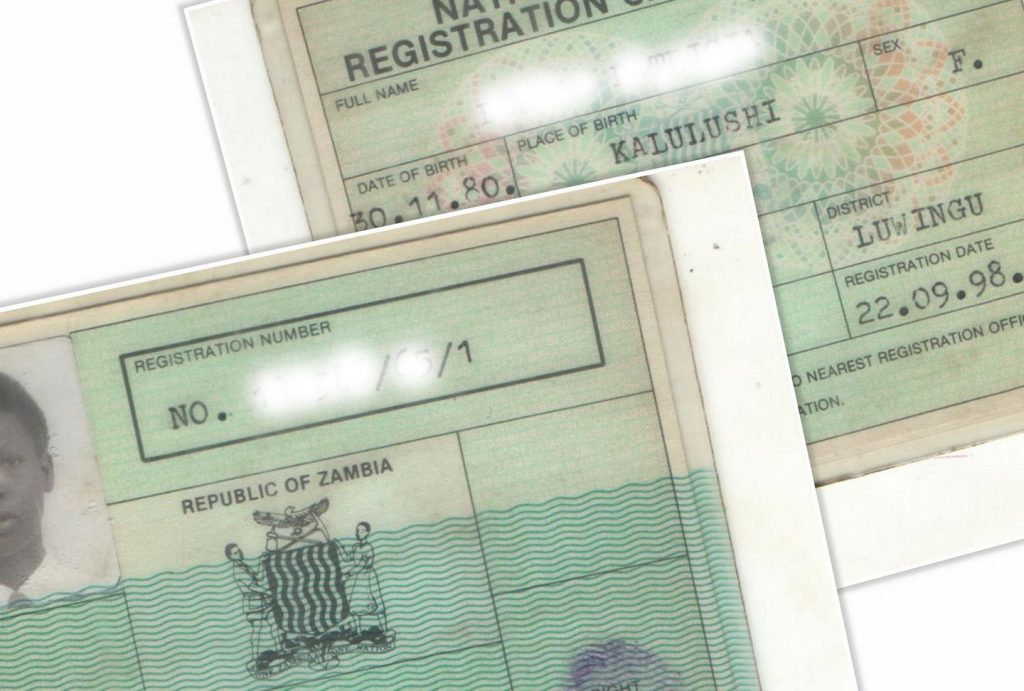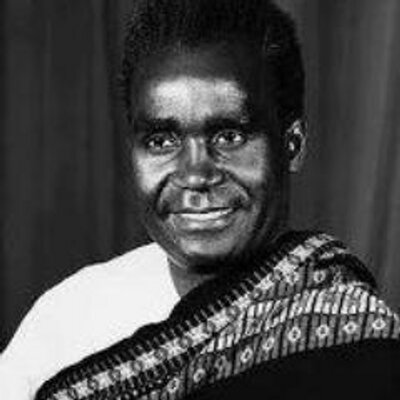
YOTAM MULEYA: The Zambian barefoot runner who shocked the world
Its over 60 years since Zambia, then Northern Rhodesia, lost one of its greatest athletes, Yotham Muleya.
Muleya died in a car accident on November 22, 1959 in the United States of America..................
Its over 60 years since Zambia, then Northern Rhodesia, lost one of its greatest athletes, Yotham Muleya.
Muleya died in a car accident on November 22, 1959 in the United States of America..................

YOTAM Muleya was only 19-years-old when he died, yet he has a government school and road in the capital city, Lusaka, named after him
Yotam Muleya Road in Libala stretches along David Kaunda Technical School, joining Independence Avenue to Burma Road. 

In Lusaka’s Emmasdale area, there is also a primary school named after him.
Muleya was a long-distance runner who represented Northern Rhodesia (now Zambia) and the Federation of Rhodesia and Nyasaland.
He was born and grew up in Mudukula village in Choma where for many years he had been racing with his hunting dogs as a small boy.
After he completed his primary education, Muleya proceeded to Munali Secondary school in Lusaka. He then qualified to Hodgson Training School now Lusaka Trades where he enrolled as an apprentice motor vehicle mechanic in early 1958.
It was at Lusaka Trades that Muleya got noticed as a runner having won a number of races including national competitions.
More than 60 years since his death, many know his name but are not aware of the heroics that earned Muleya a legendary status.
He broke racial barriers and opened a new era in Rhodesian sport when he beat the famous British four-minute miler, Gordon Pirie, by 100 yards in a three-mile race at Salisbury, Southern Rhodesia in December 1958. 

On May 27, 1958 thousands of spectators filled the arena to Gordon Pirie win the race as he had always done – he was a world champion.
Unknown 18-year-old Muleya was to take part in the race after almost being prevented by a South Africa-born William DuBois, a dedicated white supremacist who served as chairman of the Southern Rhodesian Amateur Athletic and Cycling Union
“Mister whatever-his-bloody-name-is – this ‘Kaffir’ – has never even sent in a formal application. And if he had, it would have been turned down,” said DuBois who when reminded of Muleya’s record, added scornfully, “We do not count Kaffirs’ performances.”
The association overruled DuBois and declared that Muleya would be allowed to compete but not wholeheartedly as he was excluded when it white competitors were presented to the Governor before the race.
Muleya thus became the first African ever permitted to run in a track meet of the Southern Rhodesian Athletics Association.
As the race got underway in the muddy terrain, Muleya took to the track without shoes.
He kept pace with Pirie and eventually overtook him to win the race by 100 yards and in the process, he set a new Rhodesian record of 14:48.5.
In a biography of Pirie (“The Impossible Hero”, published by Corsica Press in 1999), Dick Booth says that Pirie was still declared the official winner but handed his prize over to Muleya.
Muleya became an instant hero as joyful spectators, black and white alike, bore him from the track in triumph on their shoulders, with one white tobacco farmer stating: “He may be black, but, by God, he’s a Rhodesian.”
Officials presented Pirie with a plaque to mark his visit and he brusquely handed it over to Muleya.
Muleya’s victory was reported in the popular American magazine Sports Illustrated as making “a nice crack in Rhodesia’s grim racial barrier.”
Muleya’s appearance not only broke the color bar, but his performance led to an educational exchange grant in the United States.
Muleya’s appearance not only broke the color bar, but his performance led to an educational exchange grant in the United States.
On 16 November 1959, Muleya and, white track star, John Winter, the Southern Rhodesian quarter-mile champion, set off on 3-month scholarships at the Central Michigan College from Salisbury Airport.
They arrived in the United States three days later and were scheduled to take part in their first sports meet on 23 November 1959 at East Lansing. They started off for East Lansing in the morning accompanied by American athlete Leroy Zimmer and a driver.
At 8:30 AM with the highway slippery and visibility reduced due to thick fog, their vehicle collided with another car near Mt. Pleasant, Michigan. Muleya, Winter, Zimmer and the driver of the vehicle were seriously injured while the two occupants of the other vehicle died. 

Doctors unsuccessfully attempted to save his life and Muleya died that same evening while Winter died five days later.
Muleya’s remains were transported back home and after the church service at Sikalongo mission, he was buried in his home village.
He was given a state funeral and his younger brother Jesse represented the family at the open-air memorial service which was held at Hodgson Technical College.
• • •
Missing some Tweet in this thread? You can try to
force a refresh









